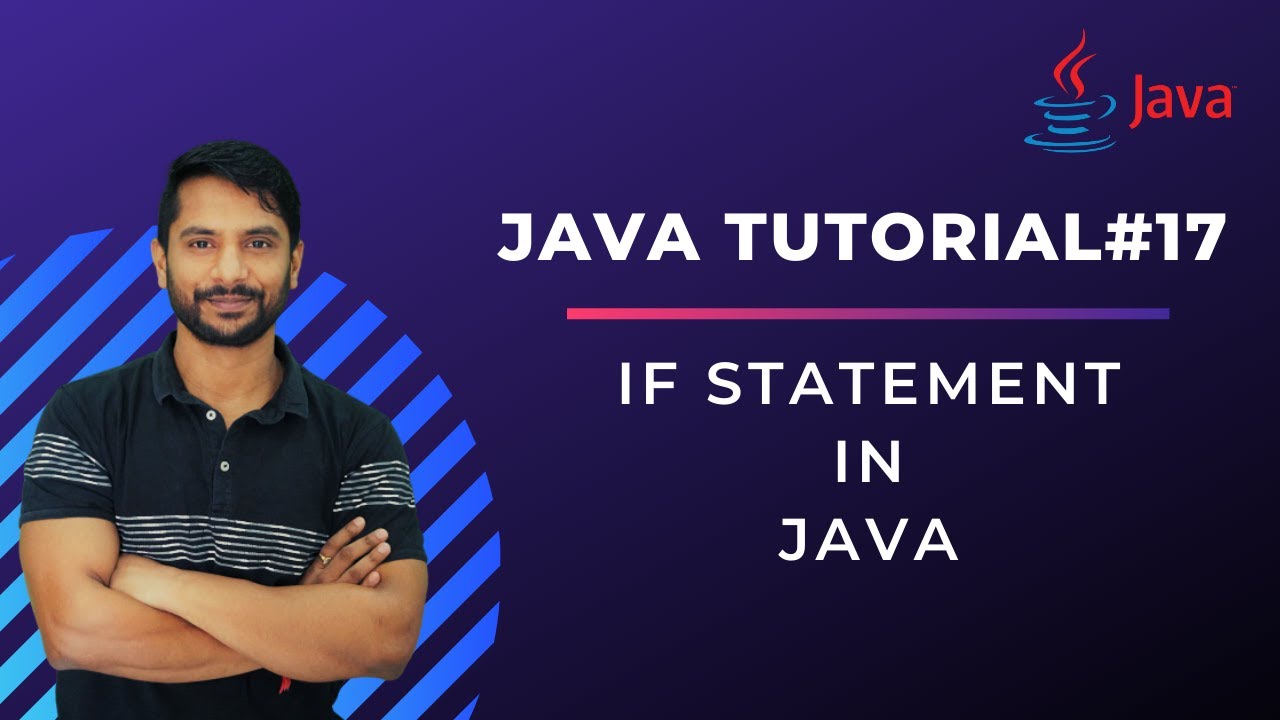Minggu 3 - Eksekusi Kondisional
Summary
TLDRIn this video, Muhammad Hasyim from the Informatics department explains conditional execution in Python programming. He covers essential concepts like `if`, `elif`, and `else` statements, boolean expressions, and comparison operators. The video demonstrates how to implement simple, nested, and compound conditionals, as well as logical operators like `and`, `or`, and `not`. Through practical examples, the video clarifies how these structures enable dynamic decision-making in code, helping users understand how to control program flow based on different conditions. The session concludes with a call for questions and a final recap.
Takeaways
- 😀 Conditional execution in programming allows computers to take specific actions based on certain conditions.
- 😀 In Python, conditional execution uses the syntax `if`, `elif`, and `else` to evaluate conditions.
- 😀 The `if` statement checks if a condition is true; if it is, the code block beneath it is executed.
- 😀 The `elif` (else if) statement is used when the initial `if` condition is false, to check additional conditions.
- 😀 The `else` statement executes a block of code when no preceding conditions are met, without further checks.
- 😀 Nested conditionals involve placing one conditional structure inside another, allowing for more complex decision-making.
- 😀 A Boolean expression in programming evaluates to either `True` or `False`, which can be used in conditional statements.
- 😀 Comparisons in Python, such as `a > b`, return Boolean values, which determine the flow of execution in conditionals.
- 😀 Compound conditionals use logical operators like `and`, `or`, and `not` to combine multiple conditions into a single expression.
- 😀 The `and` operator requires all conditions to be true for the overall expression to be true.
- 😀 The `or` operator only requires one condition to be true for the overall expression to evaluate as true.
- 😀 The `not` operator inverts a Boolean expression, changing `True` to `False` and vice versa.
Q & A
What is the purpose of conditional execution in programming?
-Conditional execution allows a program to take different actions based on whether specific conditions are true or false. It helps in making decisions during the program's execution.
What are the three main syntaxes used in conditional execution in Python?
-The three main syntaxes are `if`, `elif`, and `else`. `if` checks the first condition, `elif` handles additional conditions if the previous ones are false, and `else` runs if none of the conditions are true.
How does the `if` statement work in Python?
-The `if` statement checks a condition. If the condition is true, the code block under it is executed. If false, the program continues to the next condition or statement.
Can `elif` statements be used multiple times?
-Yes, multiple `elif` statements can be used to check for several conditions, providing more control over the flow of the program.
What happens when an `else` statement is used?
-The `else` statement is executed when none of the `if` or `elif` conditions are true, making it a fallback option for the program.
How do nested conditionals work in Python?
-Nested conditionals are when one conditional statement is placed inside another. This allows for more complex decision-making, such as checking multiple conditions sequentially.
What is the significance of boolean expressions in conditionals?
-Boolean expressions return a `True` or `False` value, which is used to control the flow of the program. They are often generated using comparison operators like `>`, `<`, `==`.
What is an example of using the `and` operator in conditional execution?
-The `and` operator checks if both conditions are true. For example, `if a > 1 and a < 5` checks if `a` is greater than 1 and less than 5 before executing the code block.
How does the `or` operator differ from `and` in conditionals?
-The `or` operator only requires one condition to be true to execute the code, whereas `and` requires all conditions to be true.
What does the `not` operator do in conditional execution?
-The `not` operator inverts the boolean value of an expression. If the expression is `True`, it becomes `False`, and if it is `False`, it becomes `True`.
Outlines

Cette section est réservée aux utilisateurs payants. Améliorez votre compte pour accéder à cette section.
Améliorer maintenantMindmap

Cette section est réservée aux utilisateurs payants. Améliorez votre compte pour accéder à cette section.
Améliorer maintenantKeywords

Cette section est réservée aux utilisateurs payants. Améliorez votre compte pour accéder à cette section.
Améliorer maintenantHighlights

Cette section est réservée aux utilisateurs payants. Améliorez votre compte pour accéder à cette section.
Améliorer maintenantTranscripts

Cette section est réservée aux utilisateurs payants. Améliorez votre compte pour accéder à cette section.
Améliorer maintenantVoir Plus de Vidéos Connexes
5.0 / 5 (0 votes)






